Programming ArcGIS with Python Cookbook
🐍 Programming ArcGIS with Python – Automate, Analyze, and Accelerate GIS
“Programming ArcGIS with Python Cookbook” is the ultimate hands-on guide for automating spatial workflows, building custom tools, and unleashing the full power of ArcGIS using Python. Whether you're working with ArcMap or ArcGIS Pro, this book walks you through real-world scenarios where code replaces clicks — making GIS faster, smarter, and more dynamic.
Covering both arcpy and Python scripting fundamentals, the book includes practical recipes for batch geoprocessing, map automation, spatial analysis, data manipulation, MXD/APRX management, tool creation, and raster/vector handling. It’s ideal for GIS professionals ready to go from analyst to developer — one line of code at a time.
This book is best for:
- 🧑💻 GIS analysts and technicians learning Python
- 🗺️ Developers building custom ArcGIS tools
- 🏙️ Organizations needing workflow automation
- 🎓 Students diving into Python-based spatial analysis
From basic scripts to full-fledged GIS automation pipelines, this cookbook makes Python approachable and powerful within the ESRI environment. Whether you're running daily reports or building enterprise-grade solutions, it’s your go-to guide for Python + ArcGIS mastery.
Keywords: ArcPy, Python GIS Scripting, ArcGIS Automation, ArcGIS Pro Python, Spatial Analysis with Python, GIS Workflow Automation, Custom GIS Tools, Geoprocessing Scripts

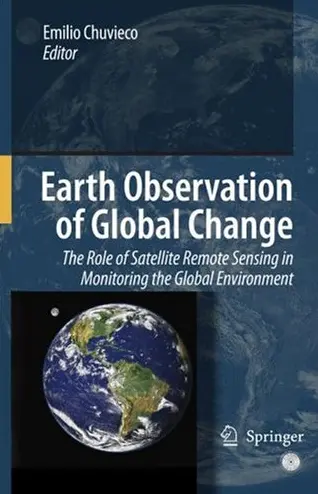
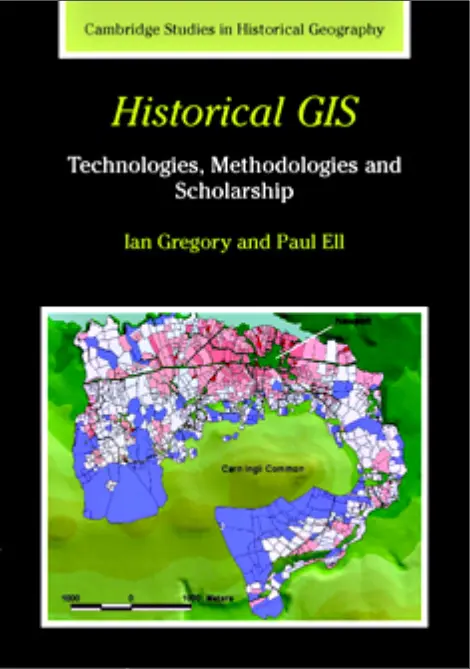
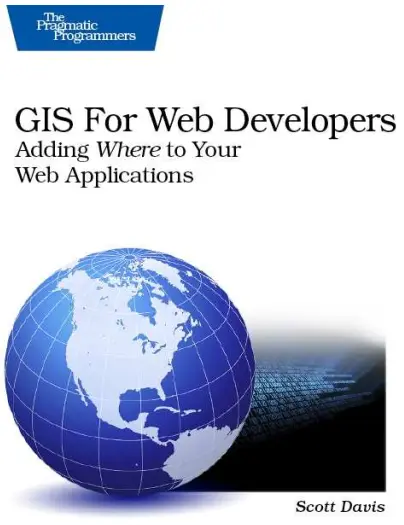

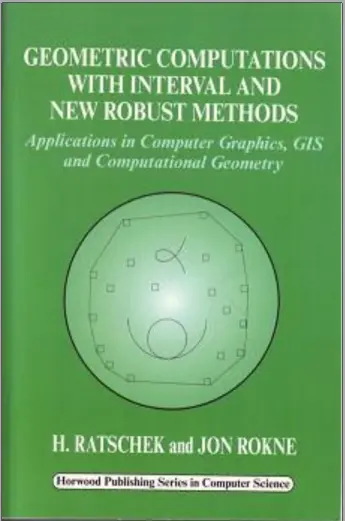
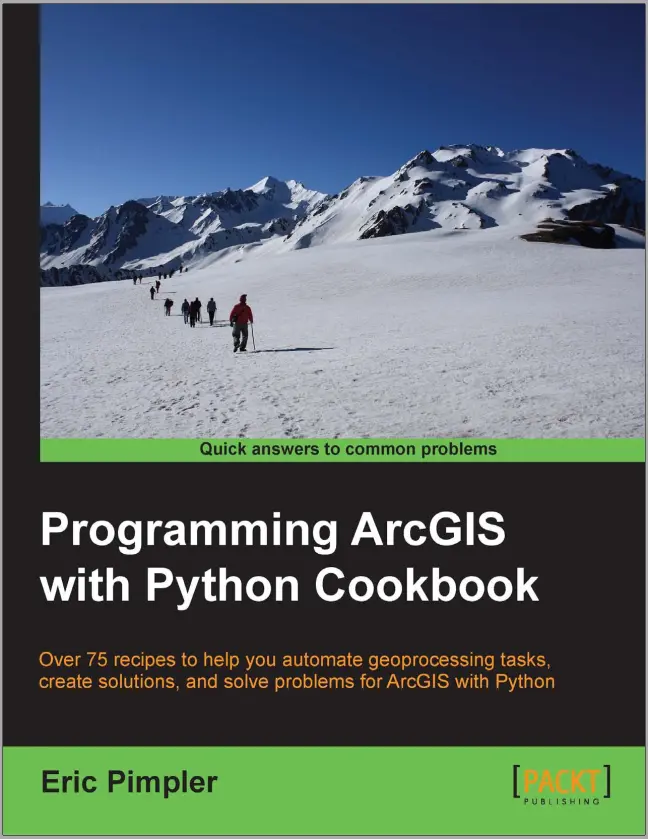
comments
Leave a Reply
Your email address will not be published. Required fields are marked *